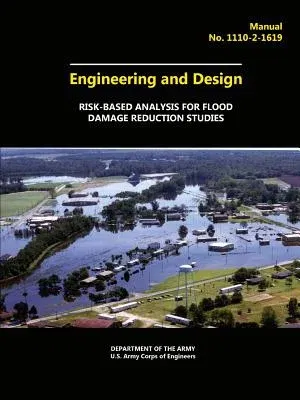U S Army Corps of Engineers
(Author)Engineering and Design - Risk-Based Analysis for Flood Damage Reduction StudiesPaperback, 1 November 2015

Qty
1
Turbo
Ships in 2 - 3 days
In Stock
Free Delivery
Cash on Delivery
15 Days
Free Returns
Secure Checkout
Print Length
64 pages
Language
English
Publisher
Lulu.com
Date Published
1 Nov 2015
ISBN-10
1329661648
ISBN-13
9781329661646
Description
Product Details
Book Format:
Paperback
Country of Origin:
US
Date Published:
1 November 2015
Dimensions:
27.94 x
21.59 x
0.33 cm
ISBN-10:
1329661648
ISBN-13:
9781329661646
Language:
English
Pages:
64
Publisher:
Weight:
172.36 gm

